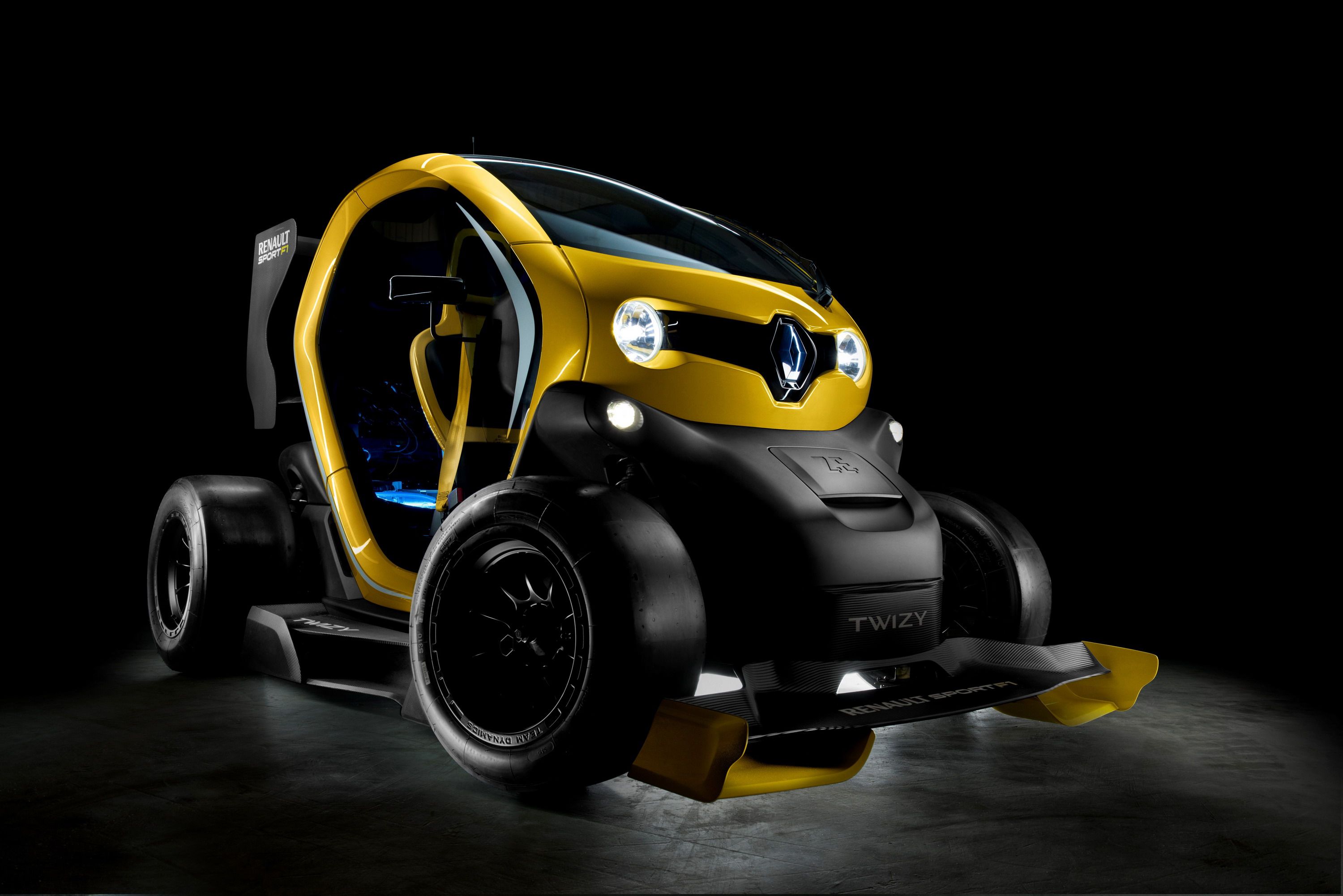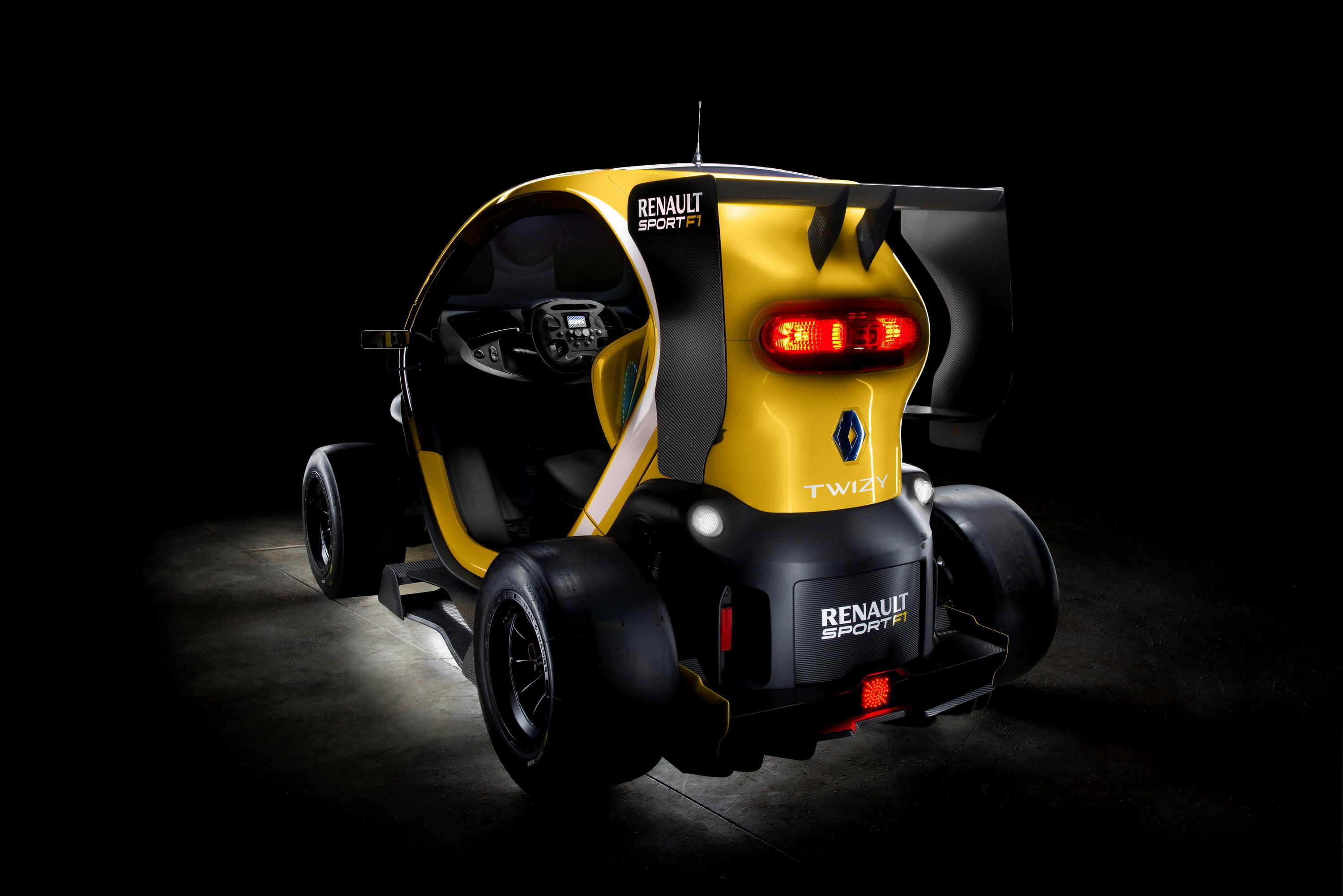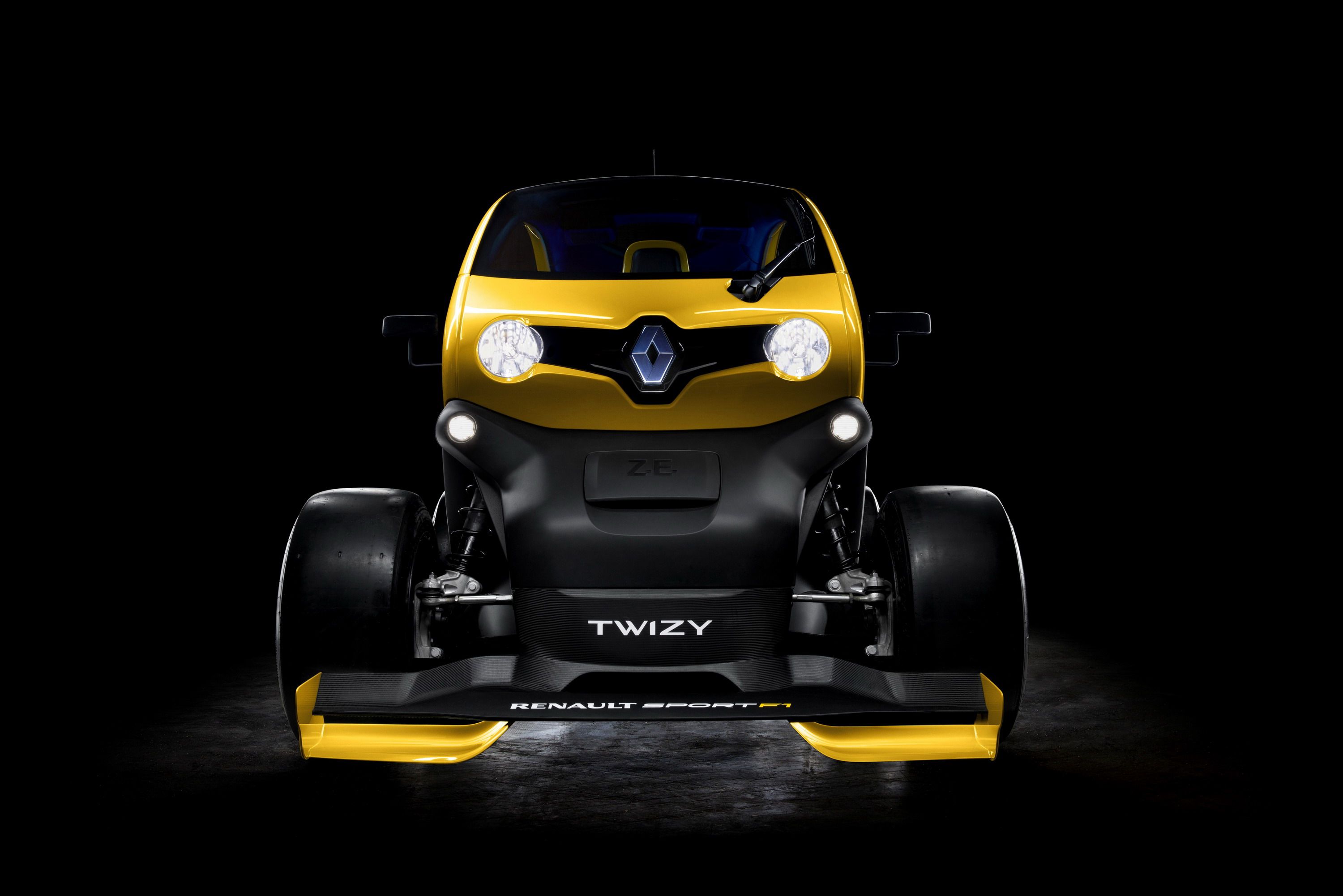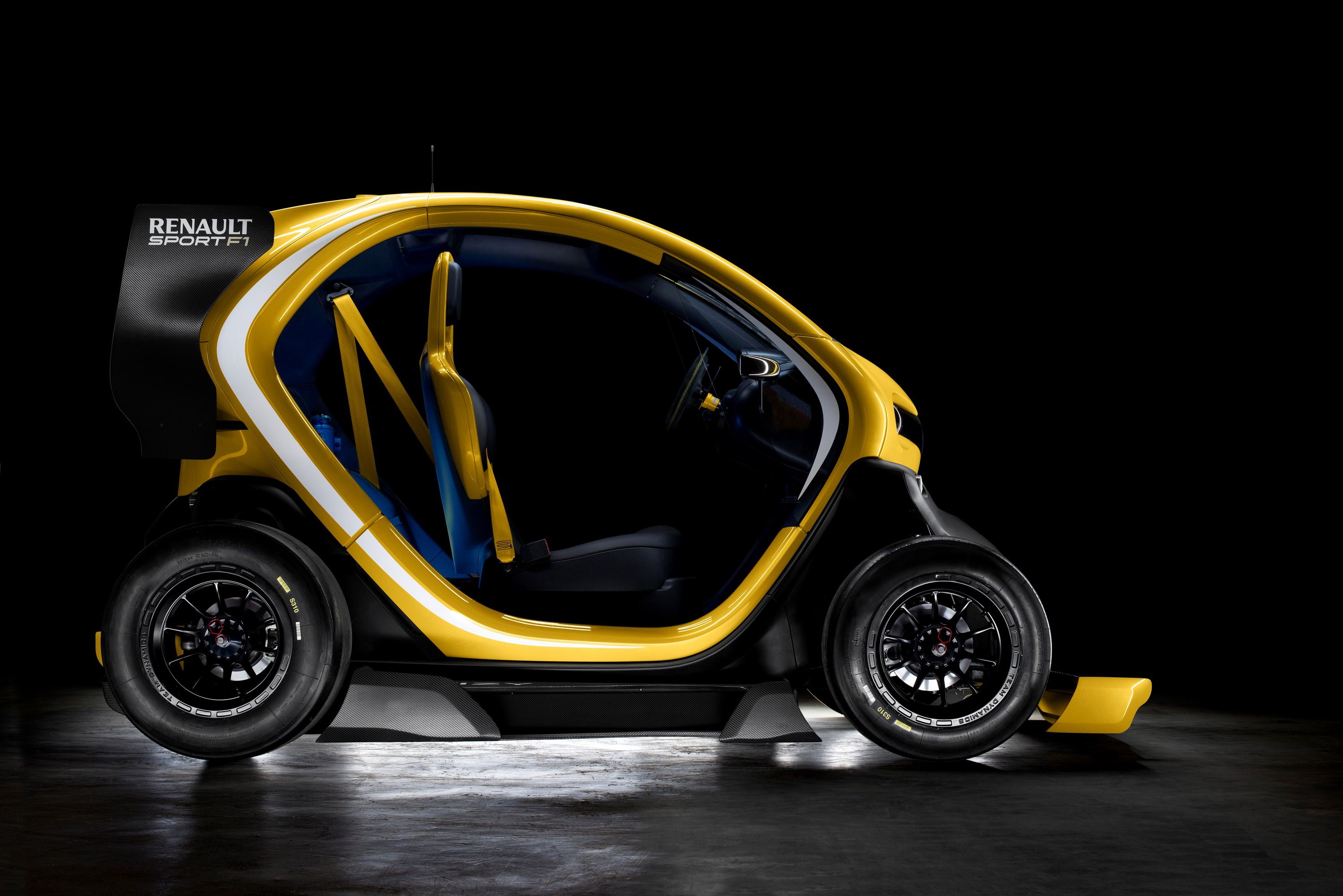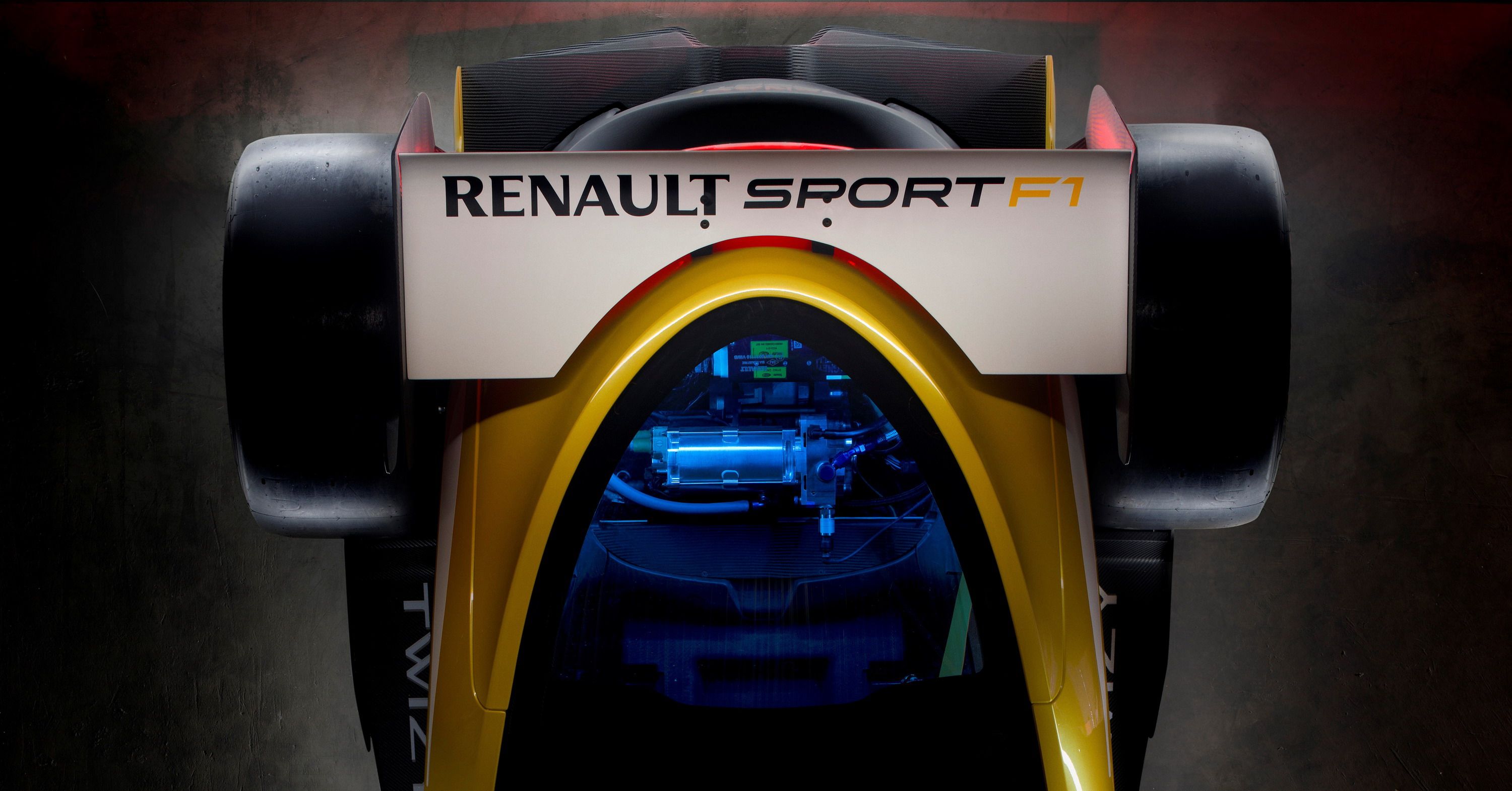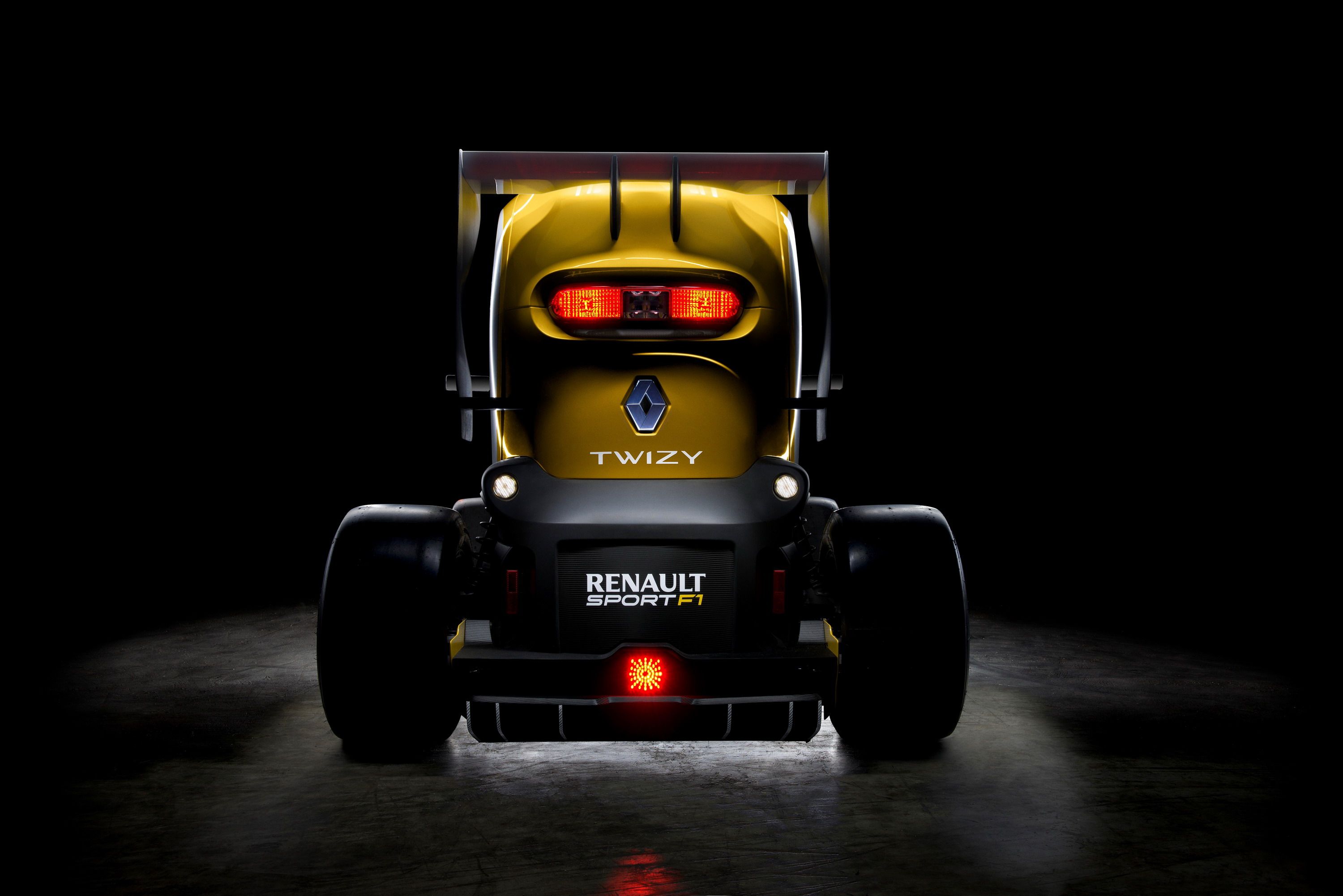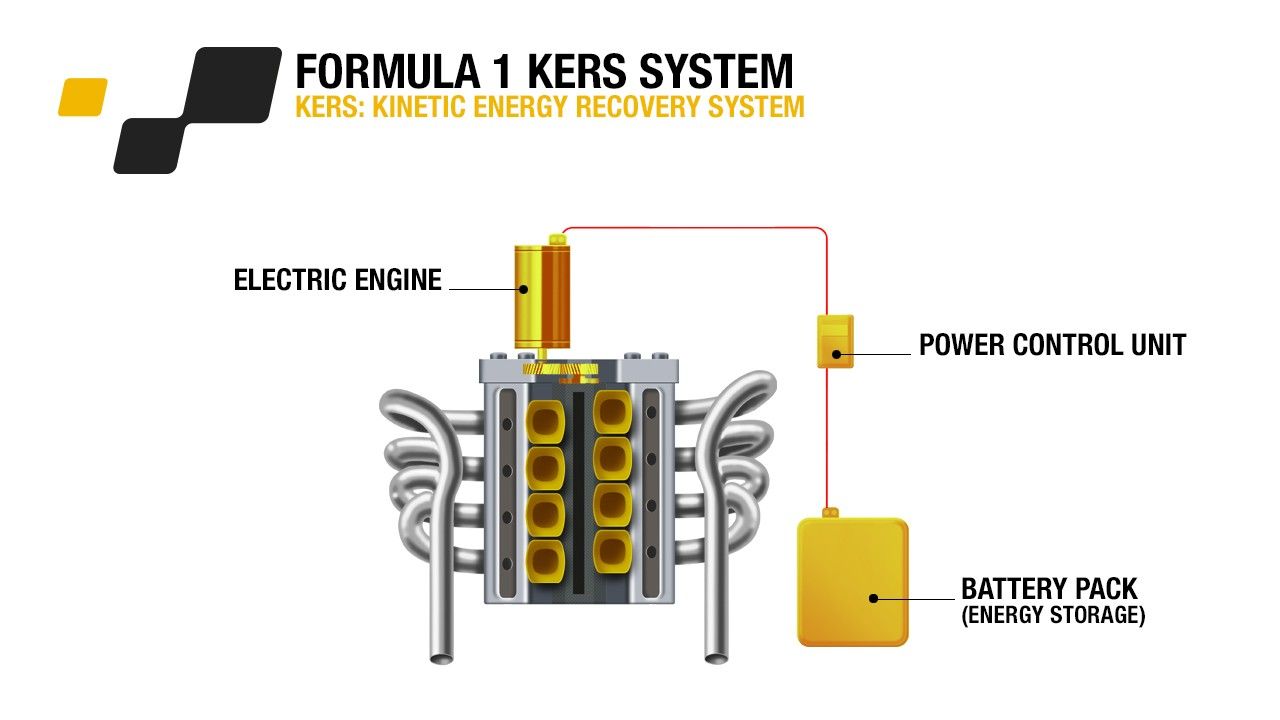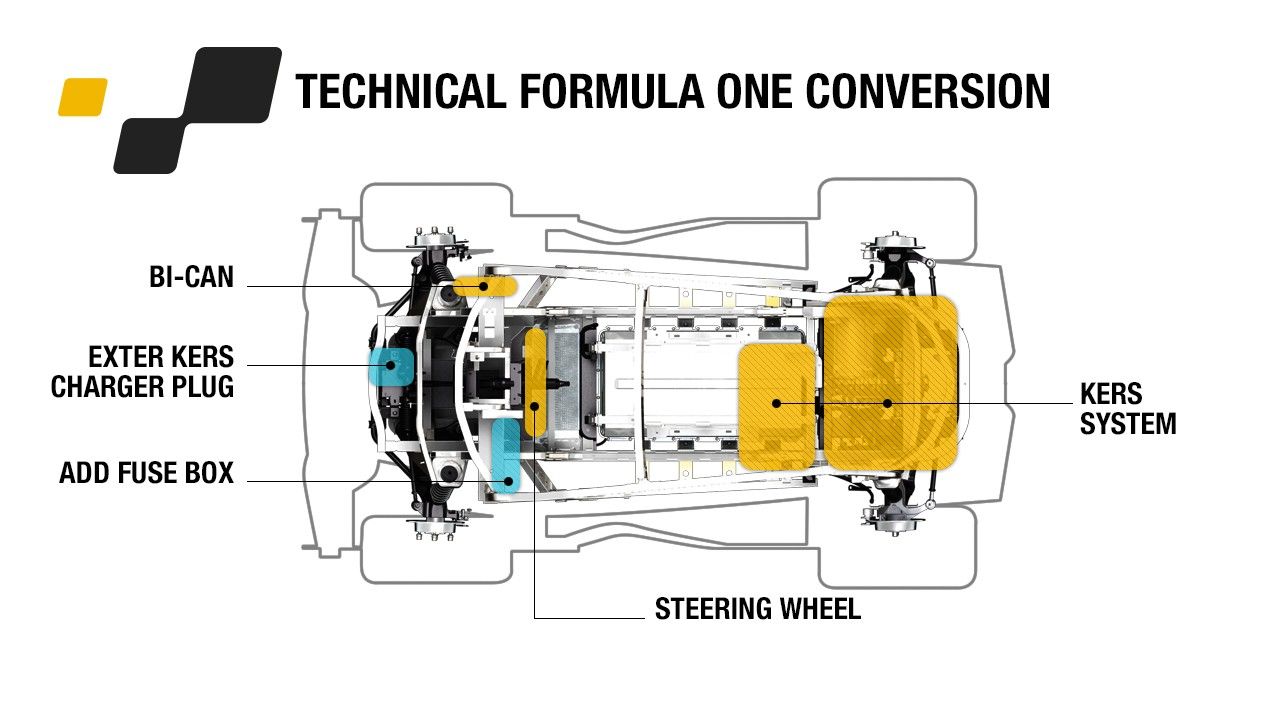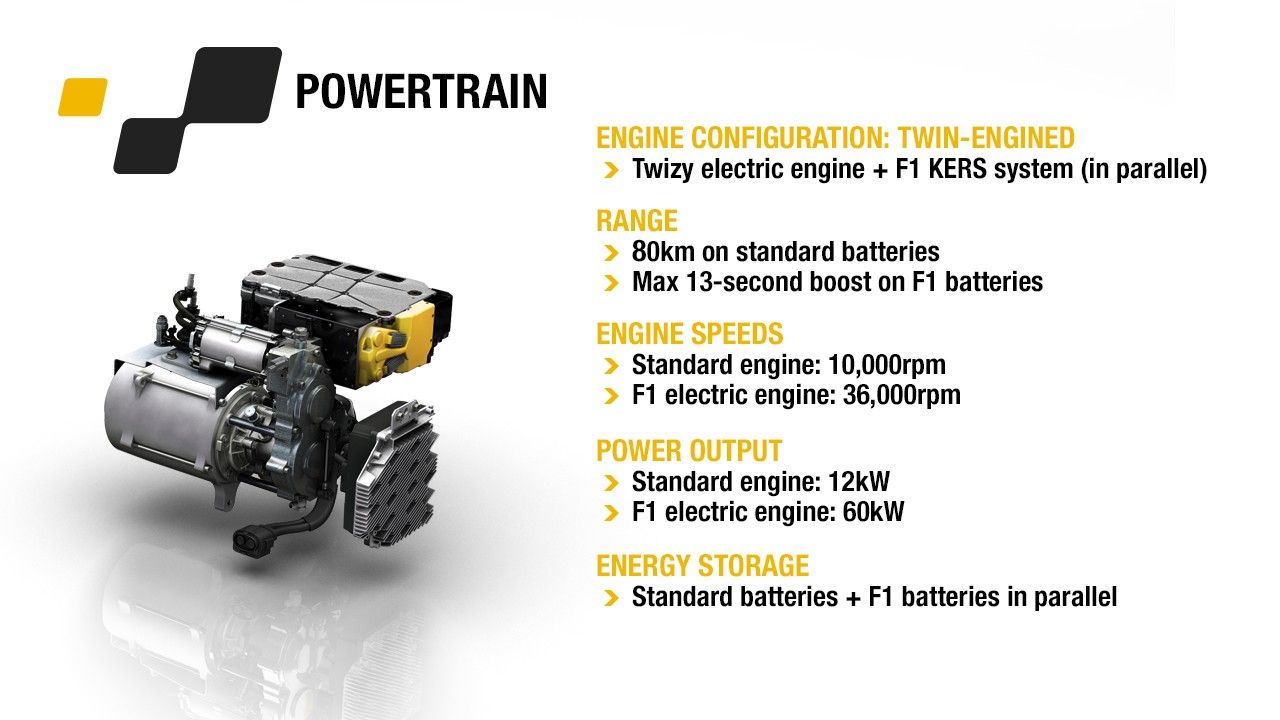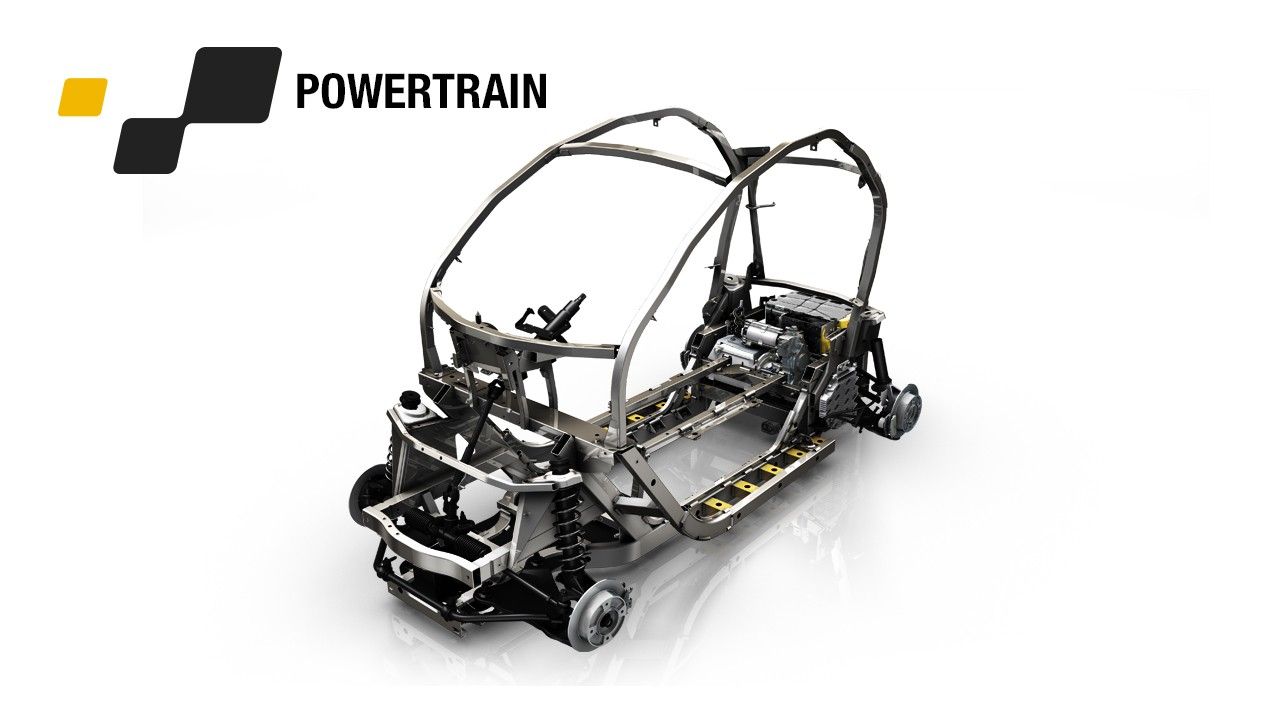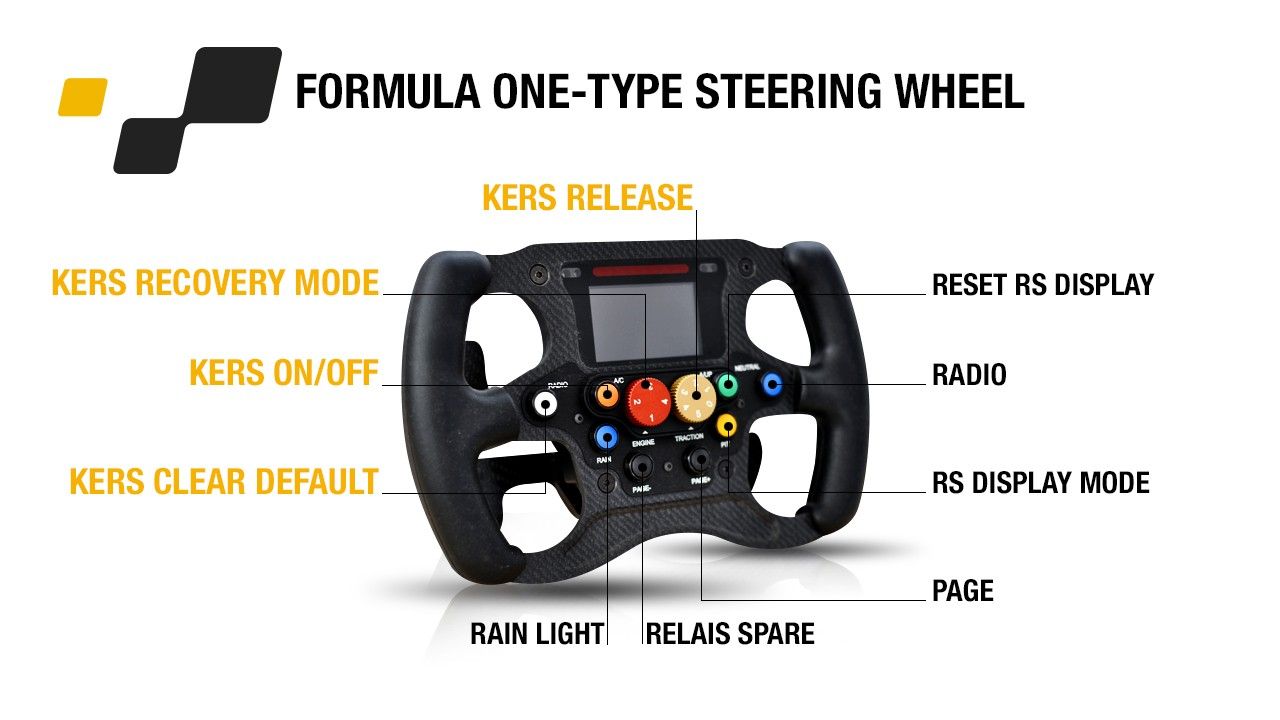The other day, Renault->ke72 teased a new electric concept car and we were expecting to see something big - something at least similar to the Alpine A110-50 Concept. Unfortunately, the new concept is quite disappointing, at least aesthetically.
The new Twizy F1 Concept has been developed on a single-seat racecar platform and, according to Renault, it is "a bridge between the world of F1 technology and that of production cars." The problem is that along with the technology, Renault Sport also decided to use some F1-inspired design elements that are just a little too much for the super-compact Twizy.
While the look is something questionable, what lies under the hood makes us completely forget about how wrong things went to Renault design laboratory this time. The technology behind the concept was developed by engineers from both Renaultsport and their colleagues at Renault Sport F1->ke190 and it is essentially the same as the Kinetic Energy Recovery System (KERS) used in the Renault Formula 1 cars.
UPDATE 05/17/13: If you thought that the Renault Twizy F1 Concept is just that, a concept, well, think again. Click past the jump to see how this little concept can throw down!
Click past the jump to read more about the new Renault Twizy F1 Concept.
2013 Renault Twizy F1 Concept
- Make: Array
- Model: 2013 Renault Twizy F1 Concept
- [do not use] Vehicle Model: Array
Renault Twizy RS F1 vs Megane RS
Exterior
The new Twizy F1 concept was inspired by Formula 1 cars on both exterior and interior. The concept features a front splitter made in carbon fiber, side-pods, rear wing and a rear diffuser. The side-view mirrors were designed just like in a single-seat racecar and the diffuser incorporates the rain light of a Formula Renault 3.5 car.
Interior
On the inside, the rear seats from the standard Twizy have been removed and replaced with the new KERS system. This latest one is visible thanks to a transparent housing.
The new F1 Concept borrowed the steering wheel from its F1 brethren, but with the functions adapted for use on an electric vehicle equipped with KERS.
There is also an "RS Monitor" data logging system that offers information on the 0-to-50 km/h (31 mph) time, 0-100 km/h (62 mph) time, and 50- and 100-meter standing start times.
Drivetrain
While the concept's look is very questionable, the technology found under the hood makes it worthy of its "F1-inspired" concept. Renault has installed a KERS (Kinetic Energy Recovery System) that helps recover kinetic energy generated under braking. This energy is stored and then used to boost power output, just as it is in Formula 1.
The KERS system features three main elements: an electric motor-generator unit (MGU) directly linked to the driveshaft, lithium-ion batteries and a KERS Control Unit (KCU).
With this system, the concept's output can be instantly increased from 17 to 97 horsepower. The extra power is available for about 13 seconds. With this boost, the concept can sprint from 0 to 100 km/h (62 mph) in rather peppy 6 seconds. Top speed, on the other hand, is still low at 68 mph.
Will it make it to production?
We highly doubt that the new Twizy F1 will make it to production, but for sure its technology will inspire future electric vehicles from Renault.
Competition
doc461447>
The new Twizy F1 Concept is not the only electric car on the market. In fact, there are lots of other vehicles that are totally functional. The Fortwo electric drive is a small city car powered by a 55 kW magneto-electric motor. This model can sprint from 0 to 60 mph in 11.5 seconds and can hit a top speed of 77 mph. It can travel up to 90 miles on a single charge.
Though its top speed beats the Twizy F1’s, it takes nearly twice the time to get to 60 mph.
The i-MiEV is uses a 16 kWh battery pack placed under the rear cargo bay that powers a 63-horsepower, 133-pound-feet electric motor. It can travel up to 100 miles on a single charge.
Conclusion
The new Twizy F1 Concept has nearly no chances to be put into production. Its over-the-top look makes it more like a crazy robot than a production vehicle. Still, the technology is quite a step ahead and we hope we will see it in the future Renault models.

